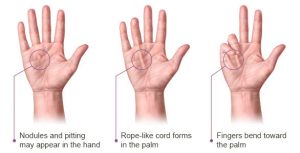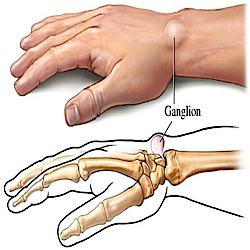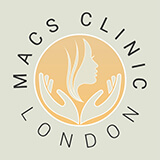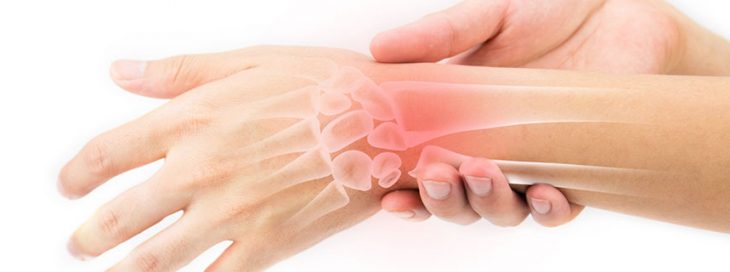The hands are an extraordinary part of our body and allow us to perform multiple different activities of potentially incredible dexterity. Unfortunately, things can go wrong and there are a variety of conditions that can affect the hand. These may involve the joints, the bones and the surrounding soft tissues.
Dupuytren’s disease
Dupuytren’s disease (also known as Dupuytren’s contracture) is a typical condition that usually occurs in middle age or later and is more typical in men than ladies. Firm nodules occurs in the tendons just underneath the skin of the palm of the hand, and in some cases, they extend to form cords that can prevent the finger straightening completely. The nodules and cords might be related with little pits in the skin. Nodules over the back of the finger knuckles (Garrod’s knuckle pads) and lumps on the soles of the feet are seen in some people with Dupuytren’s contracture.

Hands showing the progression of Dupuytren’s contracture
Cause:
The cause of Dupuytren’s contracture is not known, but it is more common in Northern Europe than elsewhere and it is often hereditary i.e runs in families. Dupuytren’s contracture may be related with diabetes, smoking, and high alcohol consumption, but many affected people have none of these. It does not appear to be related to manual work. It rarely appears after an injury to the hand or wrist, or after surgery to these areas.
Symptoms:
- Dupuytren’s contracture begins with nodules in the palm, often in line with the ring finger. The nodules are sometimes uncomfortable when pressure is applied in the early stages, but the discomfort almost always increases over time.
- In about one affected person out of every three, the nodules extend to form cords that pull the finger towards the palm and prevent it straightening fully. Without any treatment, one or more fingers may become fixed in a bent position. The web between thumb and index finger is sometimes narrowed.
- Contracture of fingers is normally very slow, occurring over months and years rather than in weeks.
Treatment:
There is no cure for Dupuytren’s contracture. Surgery can help to make bent fingers straighter, though not always fully straight; it cannot eliminate the disease. Over the longer term, Dupuytren’s contracture may reappear in operated digits or in previously uninvolved areas of the hand. But most patients who require surgery need only one operation during their lifetime.
Surgery is usually not required if fingers can be straightened fully. It is usually helpful when it becomes impossible to put the hand flat on a table, and should be discussed with a plastic surgeon at this stage. The procedure can be carried out under local, regional (injection of local anesthetic at the shoulder) or general anesthetic.
Surgical options are:
- Fasciotomy. The contracted cord of Dupuytren’s disease is simply cut in the palm, in the finger or in both, using a small knife or a needle.
- Segmental fasciectomy. Short segments of the cord are removed through one or more small incisions.
- Regional fasciectomy. Through a single longer incision, the entire cord is removed.
- Dermofasciectomy. The cord is removed together with the overlying skin and the skin is replaced with a graft taken usually from the upper arm. This procedure is usually undertaken for recurrent disease, or for extensive disease in a younger individual and helps prevent recurrence.
After the surgery, it is advisable to use a splint during the night. Hand therapy will be helpful in recovering movement and function, especially for more extensive surgery and skin grafts. The recovery is variable with regard to the degree of improvement achieved and the time to achieve the final position. The final outcome is dependent on many factors including the extent and behaviour of the disease itself and the type of surgery required.
The release of Dupuytren’s contracture by Dr. Shailesh Vadodaria
Ganglion Cysts
Ganglion cysts are the very common type of swelling in the hand and wrist. They normally contain a thick clear fluid and can arise in a variety of structures but there are four common locations in the hand and wrist –
- Middle of the back of the wrist (from the scapholunate ligament)
- Front of the wrist at the base of the thumb (from the wrist joint.
- At the base of a finger on the palmar side (from the tendon sheath)
- Back of an end joint of a finger (from the end joint).

Ganglion cysts
Cause:
Ganglion cysts usually arise spontaneously but, occasionally there is a history of injury or the joint is starting to develop arthritis.
Symptoms:
Swelling becomes usually noticeable which may or may not be associated with pain.
Treatment:
- Explantation, reassurance, and wait to see if the cysts disappear spontaneously or not.
- Removing the liquid contents of the cyst with a needle (known as aspiration) under local anesthetics
- Surgical removal of the cyst.



